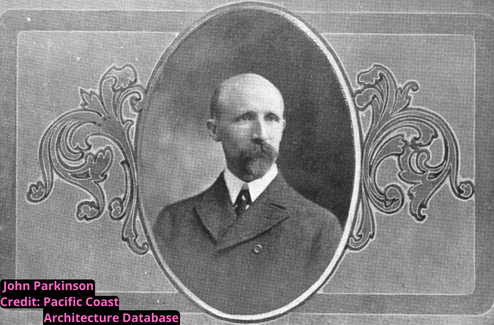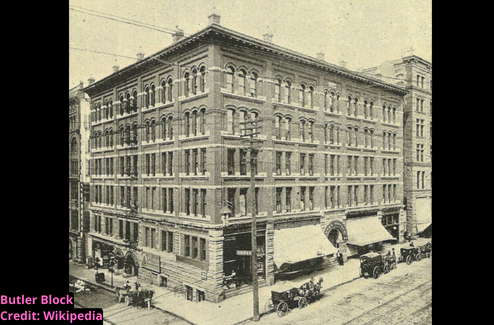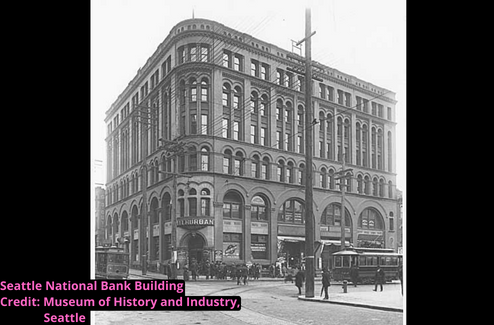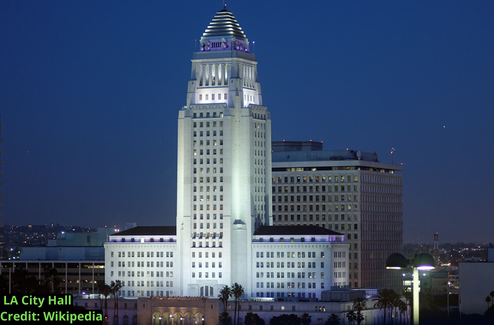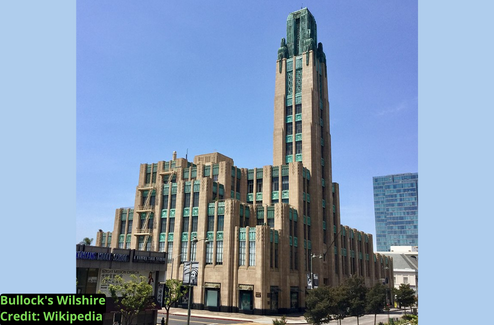John Parkinson (1861 – 1935) was Los Angeles’ pioneering and most prominent architect in the early 1900s when LA was striving to become a city of significance. Parkinson defined the look and feel of the city by his body of work. Parkinson was born in England in 1861. He did not finish high school, but he worked many jobs while at a young age. In 1877, he was hired as an apprentice to a local contractor and builder. He enjoyed the work so much that he decided to enroll in school again to study construction and design and even surveying. By the time his apprenticeship ended, he was well trained and educated and ready to adventure out to use his skills.
In 1883, Parkinson crossed the Atlantic via cattle boat from England to Canada, ending up in Winnipeg. While there, Parkinson worked on building fences and made a point of saving the majority of his $2.50 daily salary. Within a short time, he had saved enough to continue his North American adventure and moved to Minneapolis, Minnesota, working on staircases at the Johnson and Hurd Sawmill.
Parkinson returned to England after working abroad for about a year. Back at home, John could not seem to get the work he wanted, and after seeing a photograph of San Francisco at a local art gallery, he knew he just had to go back to the United States. He set sail across the Atlantic again and found employment in the San Francisco Bay Area. Parkinson was a saver and soon was able to buy a plot of land where he designed and built his house. His new home caught the eye of many, including the President of the Bank of Napa. Parkinson was asked if he would consider designing their next Bank of Napa building, and after a meeting with the board of directors, Parkinson was appointed architect. This was Parkinson’s first architecture project.
